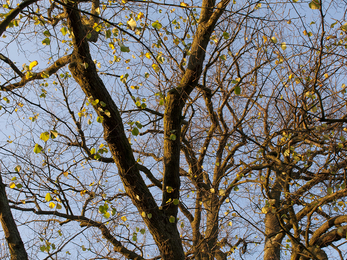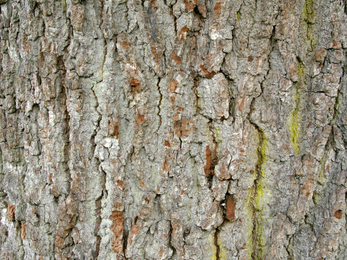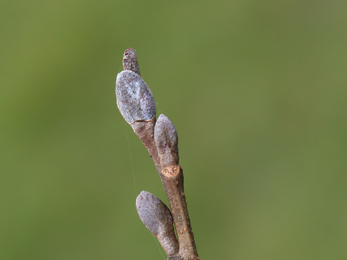Standing sentry along the banks of our chalk streams, trees play a crucial role in these ecosystems. Their shade keeps the water cool in summertime, and their roots help to prevent bank erosion. Now that deciduous species have shed their leaves, the complex structures beneath have been revealed. It’s an ideal time to appreciate your streamside trees and improve your identification skills!
Begin your quest by narrowing down the list of options. Trees growing close to streams are likely to prefer damp soil. The wood of alders, for instance, is actually stronger when wet! Other water-loving trees include goat willow, white willow, downy birch, oak, and lime. You could even find a black poplar – once a staple of floodplains, but now a rare sight, in part due to the drainage of land for agriculture.




